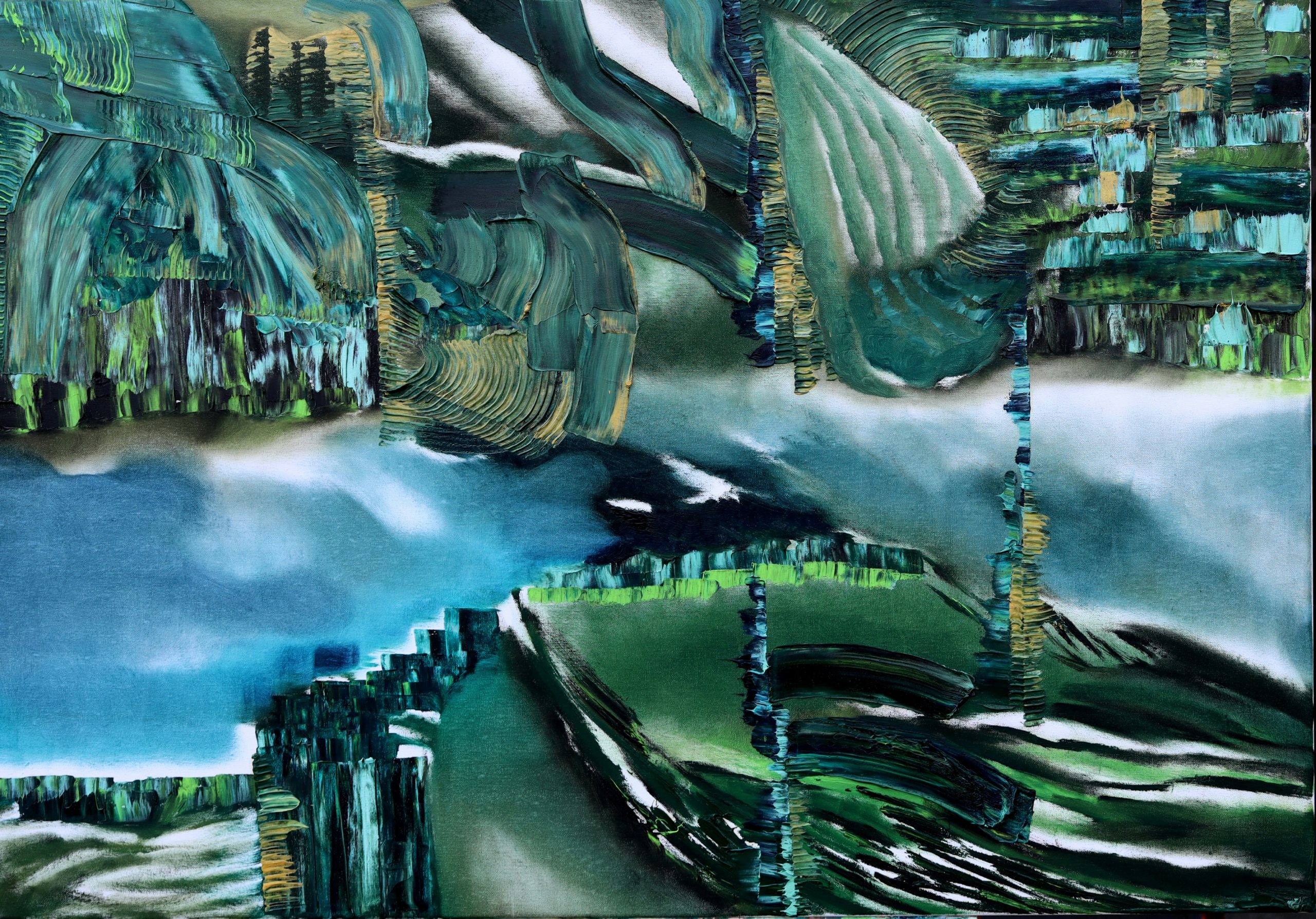
Alexander Wesch, artist and author of poetic texts, was born in 1973 in Domodossola.
The artist is professionally trained in the artistic field, having graduated with honours from the Academy of Fine Arts in Brera (Milan) and having completed graphic design studies in Iceland, Milan, and other parts of the world.
His works have been shown in various exhibitions in Italy and abroad. Notable exhibitions include the solo exhibition at the Engraving and Printing Workshop “The Burnisher” in Ghiffa (VB) in 2005 and at the Pinacoteca Nazionale in Bologna in 2006. Abroad, he has exhibited at “The Art Grotto Gallery” in Eugene, United States in 2002, participated in the 20th International Woodcarving Symposium “Traesculpture Symposium” at Emmer-Lev Hojer, Denmark in 2002, and at “The World Art Delft International Symposium” dedicated to “Recycling Art” in Delft, Netherlands in 2008.
His artworks can be found in private and public collections.
In 2018 he received the Artistic Lifetime Achievement Award at the Chamber of Deputies in Rome.
A tireless experimenter, Alexander initially tried his hand at drawing, clay and, during his academic years, with intaglio and monotype.
In his more mature years he approached digital art, and his output in this field is extensive.
From its initial natural subjects, it lands later ad an increasingly incisive abstractionism.
Note in this regard the works that investigate the potential of the technological medium, with which the artist interacts in a symbiotic manner.
Also worth mentioning is the production, again in digital art, of waves and clusters of various shapes that echo Optical Art.
In this sense, abstraction, in the poetics of Wesch, becomes a continuous and changing flow, where the artist’s feelings merge and blend with the form itself, transforming each work into a unique and enigmatic experience.
The coldness of the colours that the digital medium infuses is contrasted with the warmth of the pigmentations of the paintings executed manually.
Unlike geometric rigorism, however, the figures dance, move, project on each other, resembiling the works of Joan Miro, albeit with the choice of a different palette.
With Alessandro Wesch the human gesture regains its vigour; the pictorial varnish escapes from two-dimensionality to greater material layering.
Occasionally, he relinquishes the vibrant chromaticism of some of his paintings to focus on the fundamental whites, blacks, and greys, exploring their inherent possibilities. This demonstrates his exceptional skill even in such experimental approaches.